PUTTING TOGETHER AN EDC TOOL KIT THAT ACTUALLY WORKS
It has been said that mankind’s use of tools is one of the things that sets us apart from the animals. I mean, we’re not the only ones. There are some chimpanzees, for example, that use sticks to dig up bugs to eat. However, I can guarantee you that we spend far more on our tools than any other living creature on the planet. So, we have that going for us.
When it comes to EDC gear, we tend to classify it as being on-body or off-body. These are pretty much just as they sound. If you are carrying it on a belt, in a pocket, or otherwise on your person, it is considered on-body. Everything else, such as what you might carry in a backpack or shoulder bag, is off-body.
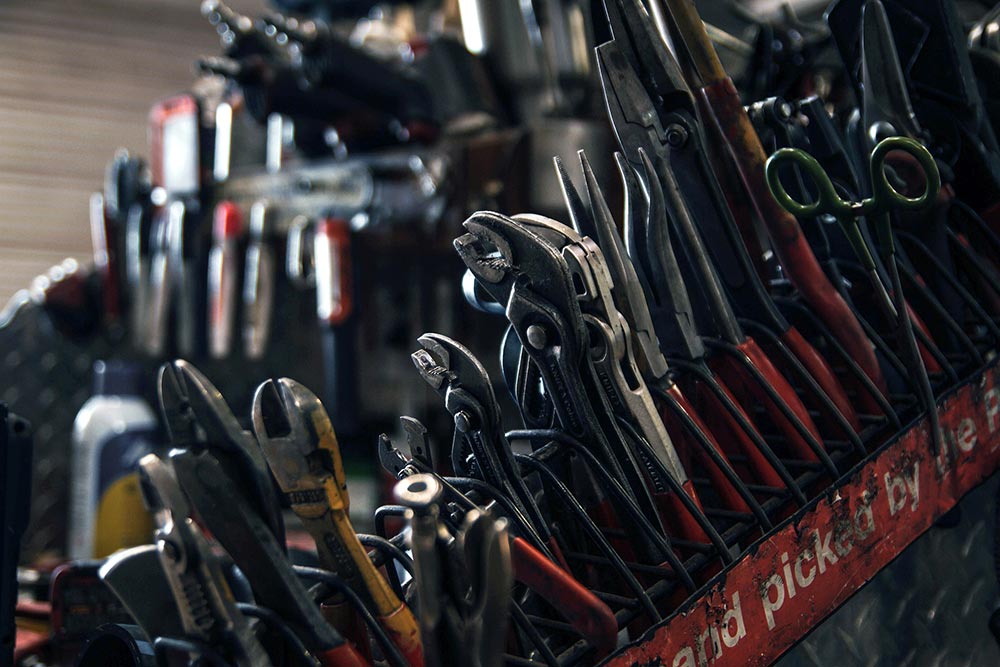
A tool kit isn’t something that you’re likely to toss into a pocket, given the size and weight. That said, we’re not talking about lugging a full toolbox around everywhere you go, complete with a full set of wrenches and sockets. But, given that trying to turn a screw with a knife blade isn’t the best idea, we want to hit a compromise between having a good assortment of tools to tackle jobs, while also keeping the size of the overall kit reasonable to carry daily.
WRENCHING TOOLS
I realize that for many people, a good quality multitool is part of their standard EDC load. And that’s certainly not a bad idea. However, there are many repair jobs that are made much easier with the availability of a few additional tools. Let’s face it, trying to loosen a nut with the needle-nosed pliers that are common to multitools can be an exercise in frustration.
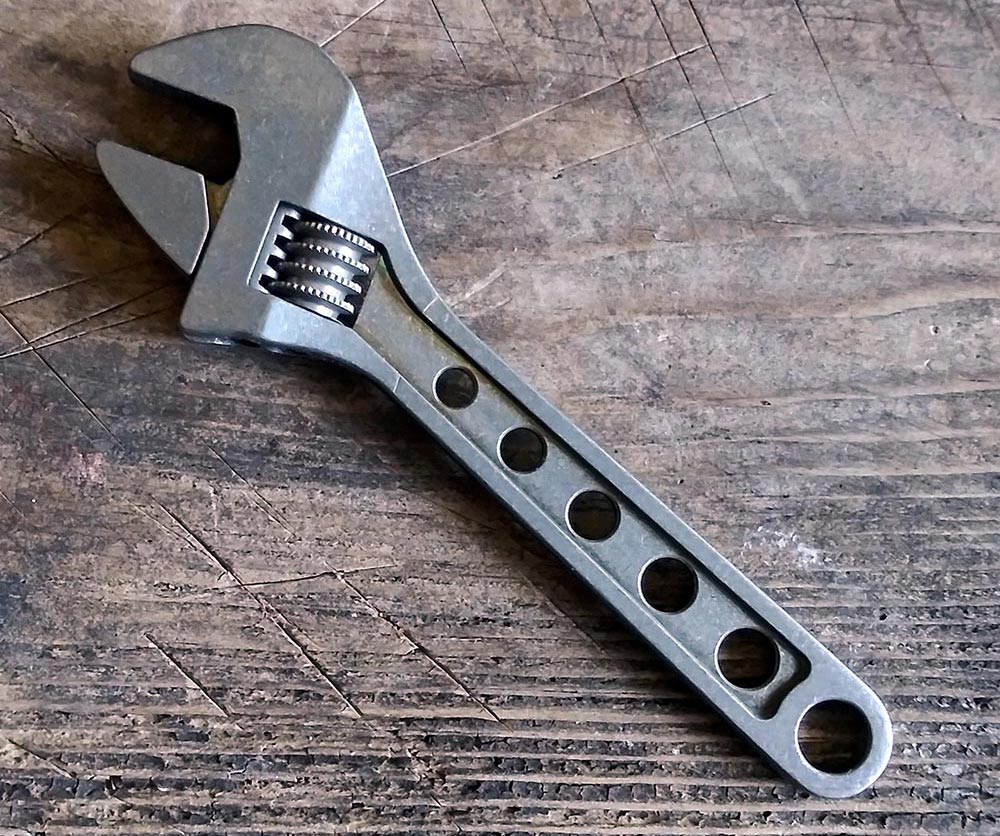
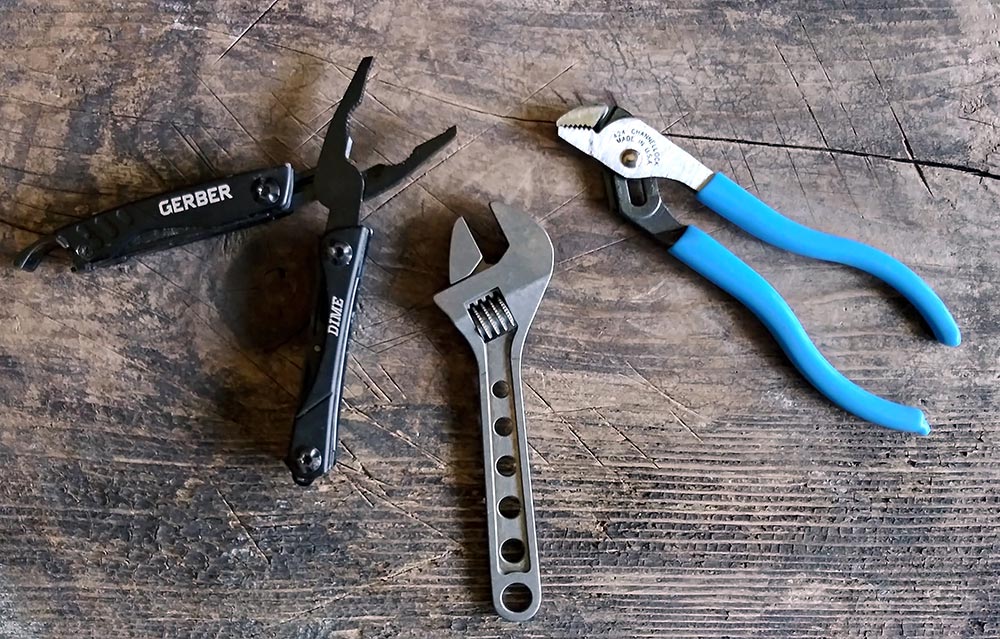
To that end, I like to have some sort of purpose-built nut busters. One option is a small pair of channel lock pliers or perhaps a small adjustable wrench. Simple, lightweight, and effective. You could even get one of each, so you can hold the bolt as you loosen the nut.
Along the same lines, but moving up a notch in functionality, is a ratchet and socket set. There are several on the market today that are designed for use by bicyclists and as a result, don’t take up much space.
DRIVING TOOLS
Turning screws can be difficult without a screwdriver. However, carrying full-size tools can be problematic when you’re trying to cut weight. Fortunately, there are a number of products that can help in this regard.
Look for a hex bit driver and a set of bits as this will provide you with a lot of options that can store in a small space. The Hex Bit Driver Tool from CRKT is one that works great and takes up little space. One more approach is to look for hex bits that will fit on the ratchet in your socket set.
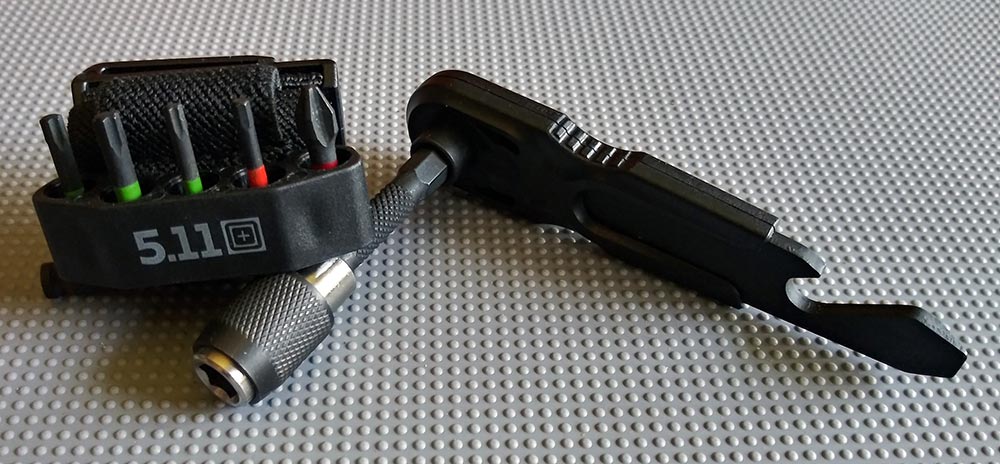
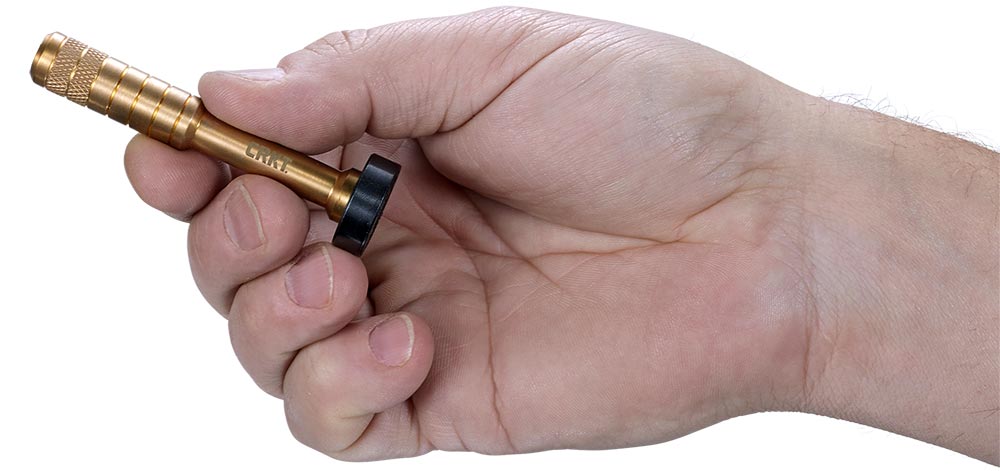
CUTTING TOOLS
A sharp edge was one of mankind’s first tools and it is still highly useful today. There’s a reason why so many of us carry a knife. I like to keep a secondary sharp knife in my tool kit, for a couple of reasons. If I somehow lose my primary blade, I’ll have it as a backup. On top of that, I can use the tool kit knife to save my main knife’s edge for other tasks.
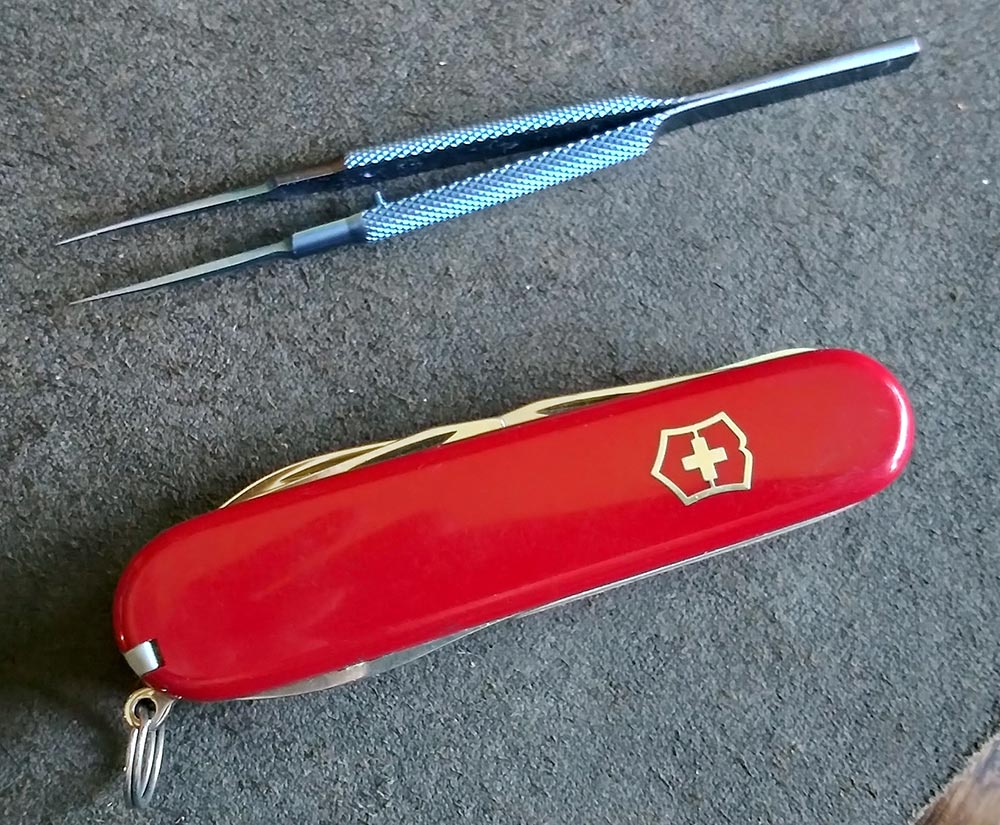
LASHING TOOLS
One of the more common sorts of expedient repairs involves, in one way or another, attaching one part to another part. To that end, it is a good idea to have a few options. The first, and easiest to fit into just about any size kit, is a handful of zip ties. I don’t usually bother with the exceptionally short ones, as it is easy enough to use a longer one and cut it to size, and it is impossible to stretch a short one to a longer length.
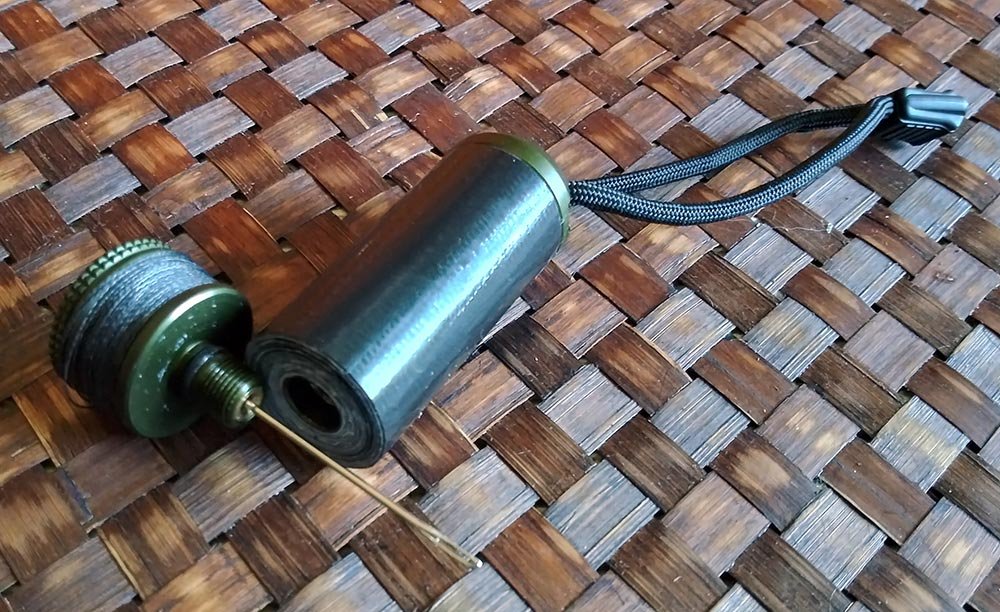
Duct tape is a must. What works very well is to save a gift card from the holidays and wrap it with tape. This makes it easy to carry in a relatively flat packet. You could also add some cordage to the card, using tape at one end and cordage at the other. Paracord is a popular option, as is Kevlar kite string. The latter can even be used to saw through PVC and similar materials in a pinch.
LIGHTING TOOLS
Many of us carry a pocket flashlight as a matter of course, but as with a knife, it isn’t a bad idea to have a backup. In this case, something small enough to fit on a keychain usually works well. I like the Streamlight Pocket Mate for this application. It is bright enough to truly be useful, but small enough to fit in just about any kit.
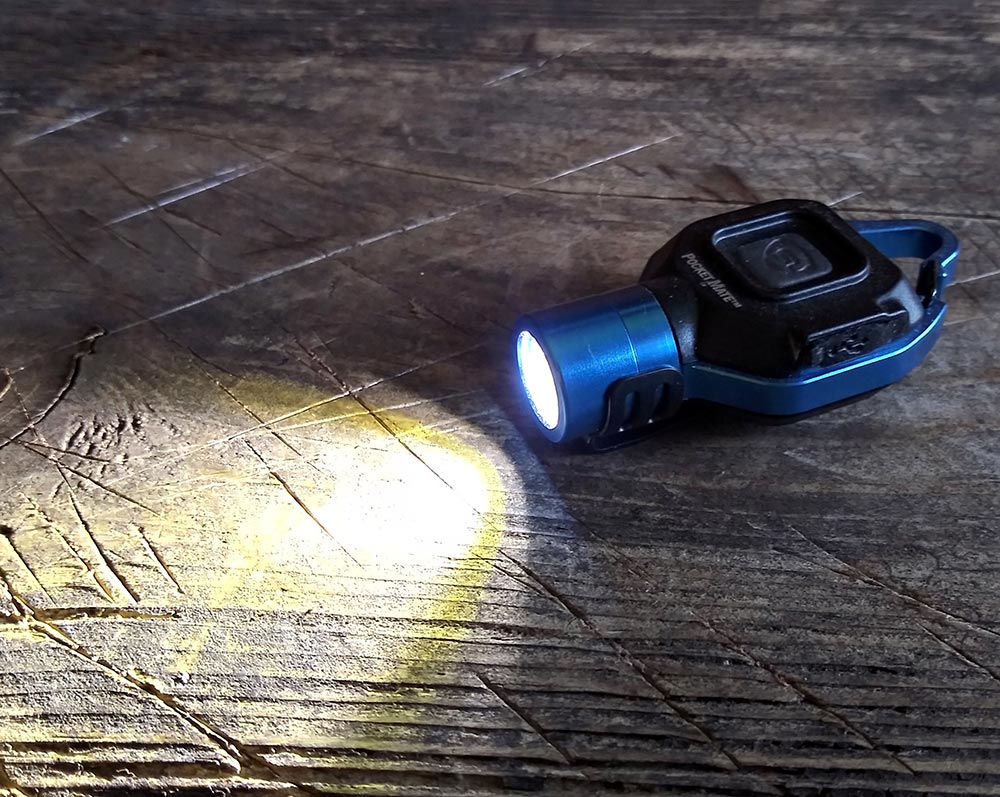
PRYING TOOLS
Pocket-size pry bars have become rather popular in the last few years, but many of them are too short to provide much real leverage. We’ve already negated the idea of storing full-size screwdrivers – what may be of use as improvised pry bars in the shop – in this EDC toolkit. Fortunately, there are makers out there who are producing pry bars that have enough length to get the job done. Vero Engineering is one such company and their Fulcrum line is excellent.
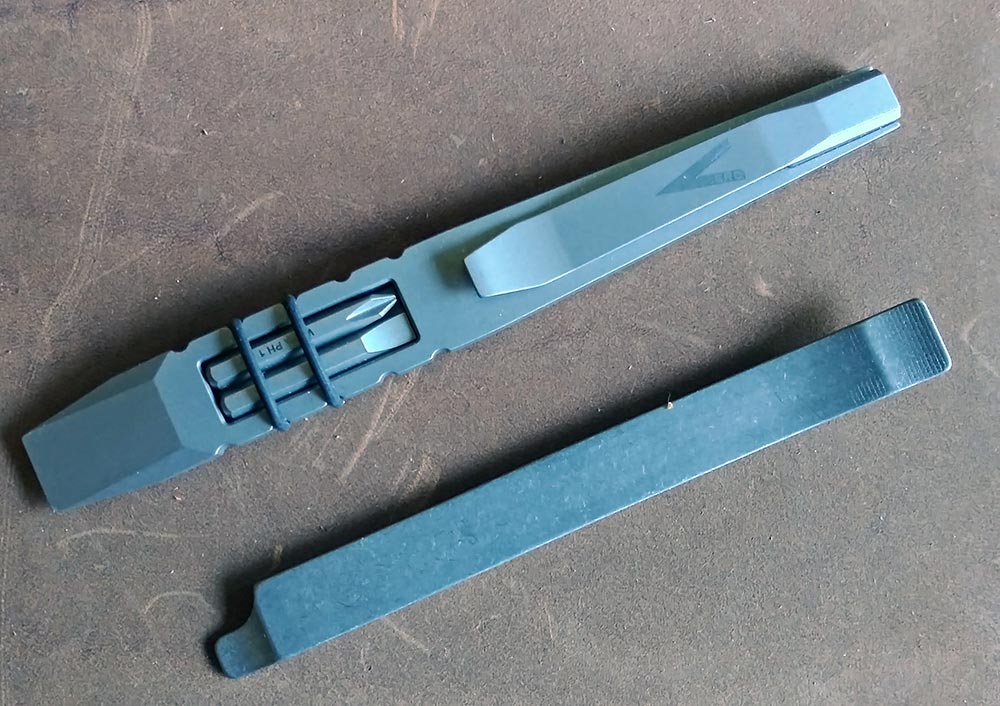
MISCELLANEOUS TOOLS
There are a few other items that don’t fit neatly into a specific category. A notepad and pencil are useful for taking notes or even leaving a message for someone. Tweezers can help remove splinters, reach screws that fall into crevices, or hold small objects as you work on them.
A marlinspike is great for loosening knots, boring holes, or even just picking rocks out from boot tread.
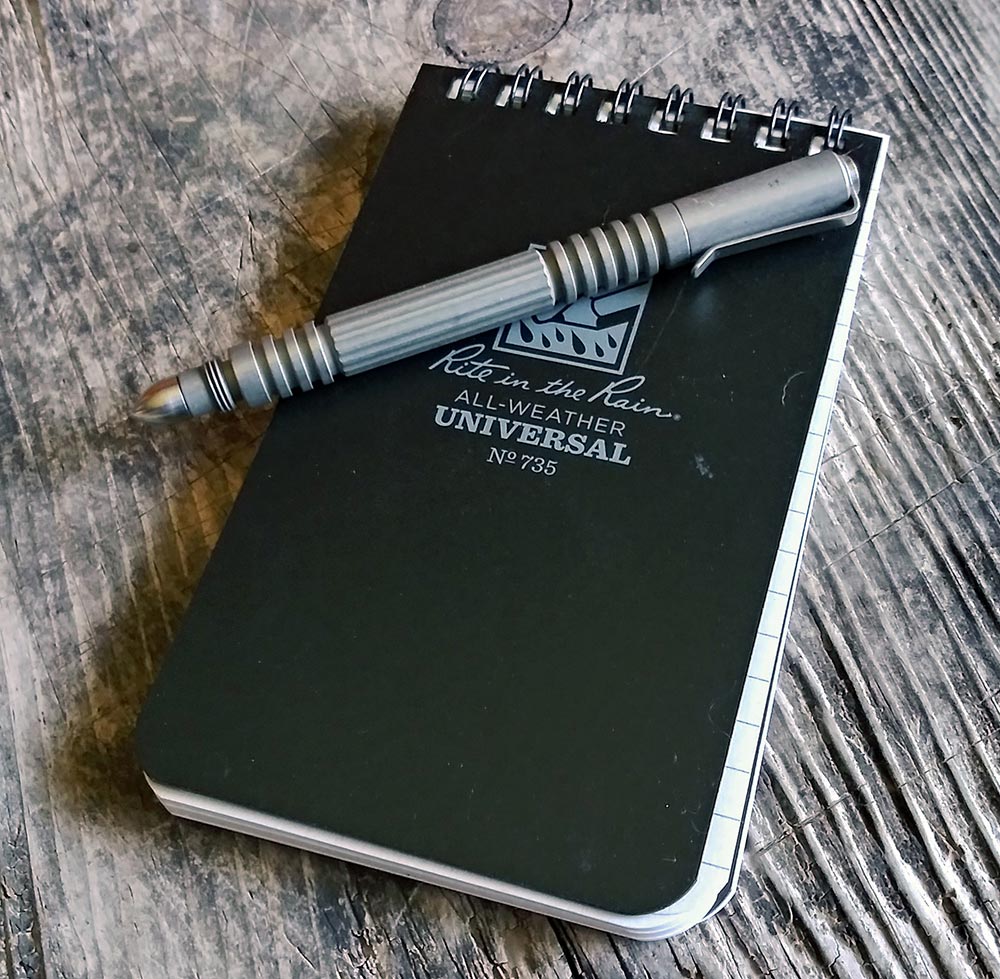
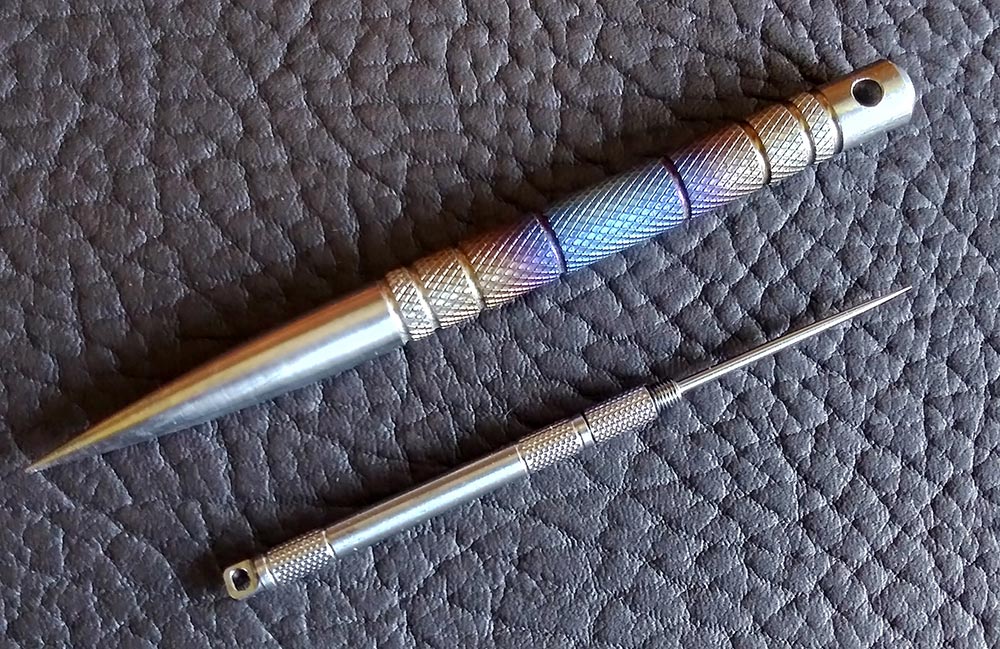
I always toss a lighter into any kit large enough to fit one inside. They can be used for melting the ends of cut cordage, stripping the ends of wires, or even starting a fire, should the need arise.
One more small item you might consider packing into the kit is a USB flash drive. Digital real estate is cheap and you might find it useful if you’re working on a public computer and need to save something, such as a downloadable schematic or owner’s manual.
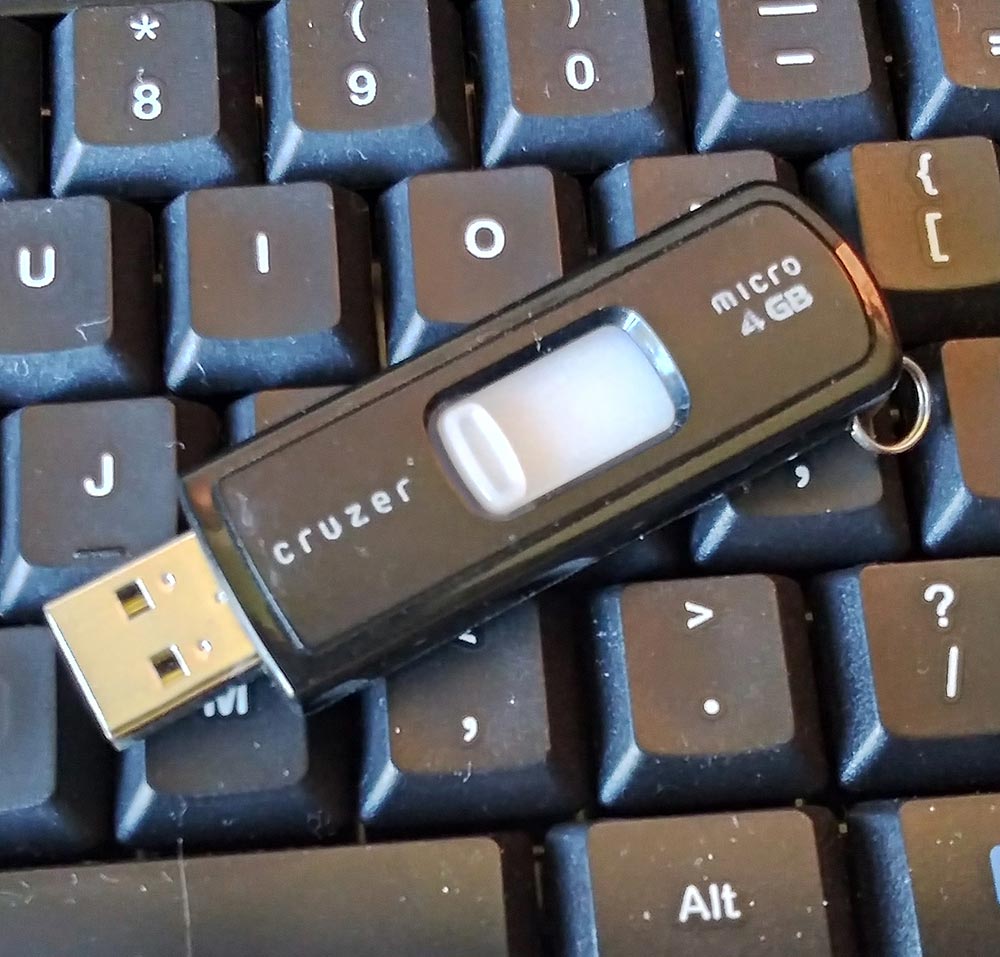
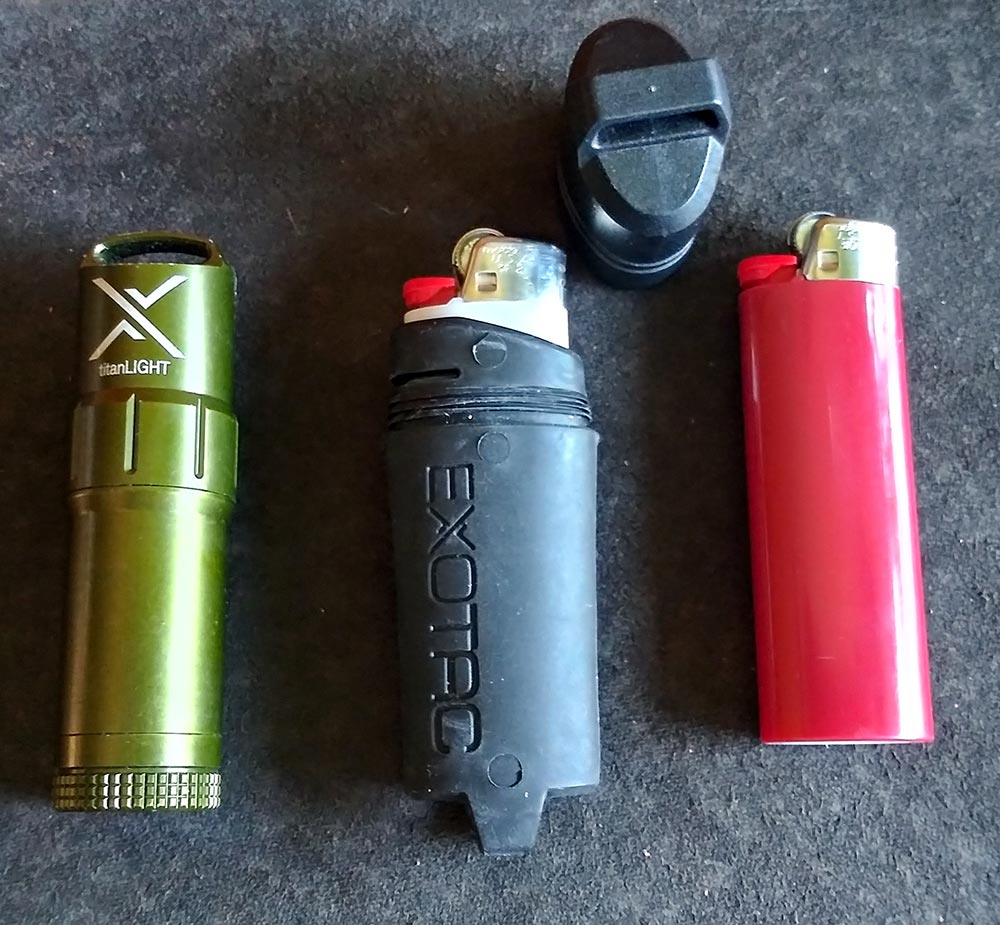
CONTAINER
Keeping all of your tools together and organized is important. If you can’t find it when you need it, then you might as well not have it at all, right? With the large number of pouches, bags, and similar accoutrements on the market today, you can get as precise as you’d like in terms of organization scheme. Look to Maxpedition, Vanquest, and 5.11 Tactical for some great options in this regard. The size will depend upon what all you’re wanting to carry with you.
Personally, while I’m all for improvising solutions to problems as needed, I much prefer to use the right tool for the job. Fortunately, it isn’t difficult to assemble a fairly comprehensive kit that’s still small enough to carry in your off-body EDC pack or bag.
Buy Once, Cry Once
With any tool investment, buy the highest quality you can afford. The concept here is simple. Cry over the price you pay for the tool, then move on, knowing that if you use it properly and maintain it as required, it should last a lifetime and won’t need to be replaced. The other approach is to buy cheaply made tools that are essentially disposable, tossing them out and replacing them when they inevitably break or fall apart.
Exotac ripSPOOL
While the folks at Exotac are primarily known for their fire-making gear, the ripSPOOL is a handy little addition to the EDC toolkit. Consider it a multitool of sorts for making quick repairs.
The ripSPOOL incorporates into one handy package:
- Over 60 feet of braided line
- Over 50 inches of tape
- One #16 sail needle
- A Firecord lanyard that can be used as tinder
It comes in four different colors (Black, Olive Drab, Gunmetal, Blaze Orange).

